This tutorial require basic skills of using 3ds max and Particle Flow. This isn't step by step tutorial. I just present some technics and methods that I used to create Fireworks animation.
Here you can see finished flow, that I'm going to explain in this tutorial :

Particles bahavior :
1. I decided that I use 3 different types of rockets, so at very beginning I divided particles to 3 parts (market red). Be aware that "Split Amount 02" send to "Yellow Rockets" event 80% of particles that still are in "Distribute" event after sending 40% (with Split Amount 01 operator) to "Red Rocket event".
1a. I also decided to Yellow rocket after blowing up have trails in 2 colors, so I need next divide.
2. Just apply standard operators what we usually have in Flow (Gravity is planar type with Strength reduced to 0.1)
3. Here in create trails after main particles using Spawn operator, that is common operation and doesn't need closer explanation.

4. How particles know when blow up ? As you probably remember 3ds max using Z-up system. When our particles starts falling down and reach proper speed (because of Force operator with gravity) we send particles to another event and then we blow it up using spawn test.

5. I used another Speed Operator rather than Speed options in Spawn operator, because in that way I achieve more interesting results.
5a. Like above, but in this time particles create disk structure (remember to set high divergence and variation values).
6. Like earlier I create trails after particles

7. To make animation more interesting and realistic I added also Wind force (just turbulence)

Particles materials (more interesting part :) ) :
In this case I used "Material Dynamic" all the time, because I used "Particle Age" map.
"Particle Age map It alters the color (or map) of a particle based on the particle's life. The particles in a system begin as one color. At a specified age, they begin changing (by interpolation) to a second color, and then they change again to a third color before they die out."
(part of 3ds max help)
Remember also that Particle Age work only if you add Delete operator to flow (otherwise particles don't have age).
In all maps you have to set Texture mapping : Planar form Object XYZ, otherwise 3ds max whenever you try to render will pop up you what you don’t have mapping coordinates. Also in main material set Self-Illumination at 100%
Here is the most tricky part: "Particle Age" map has only 3 slots for color or maps... But you can dodge this using "Gradient Ramp" with Gradient Type: Mapped and Source Map: Particle Age (standard) Now we can unlimited amount of color that we can apply.

My materials:
M1.
This is material for rocket trails, I created 2 types this material (only difference is color in diffuse channel).
Map in Opacity channel cause that when particle getting older become less visible.
Map in diffuse channel cause that when particle getting older changing their color.

M2.
That are one color particles, so I don't need to have any map in diffuse channel. In opacity channel I have very dense and vary blach&white map, this cause some flickering that you can observe in real life.

M3.
That three materials ale made using diffuse map (like in M1, but only different gradient) and opacity map (like in M2).

And final part :
That's render from 3ds max :

That render I saved as .png (with alpha) and open in Combustion, copied 2 times and set Blending Mode for copies to Color Dodge (to make color more saturated and stronger). Then I nested this layers and add a little blur (0.6) and Glow (2 times, one with large radius - about 20 - and one with very small - about 0,3).
After that I get this result:

Instead of black background you can of course use some picture..
If after finishing this tutorial you still have some problems to achieve safisfating results write to me : streaker.at.o2.pl and I will send you my finished scene.
Streaker received Evermotion CD for free. You can also write tutorial / making of ... and win one of our CD's:

Customer zone
Your special offers
Your orders
Edit account
Add project
Liked projects
View your artist profile
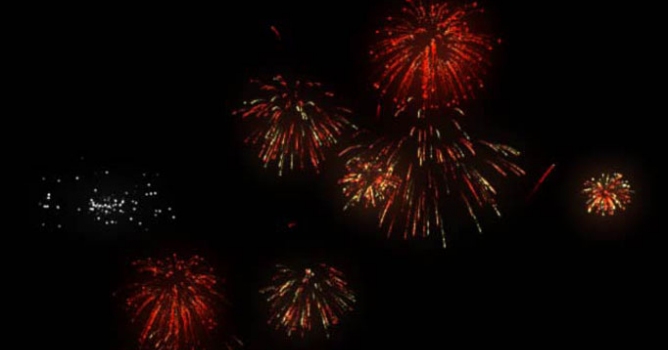
















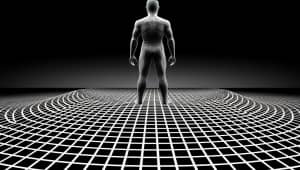
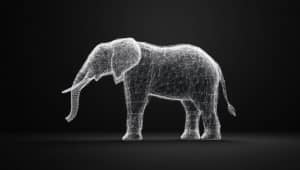
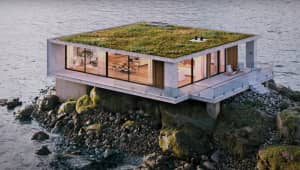
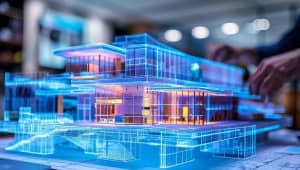



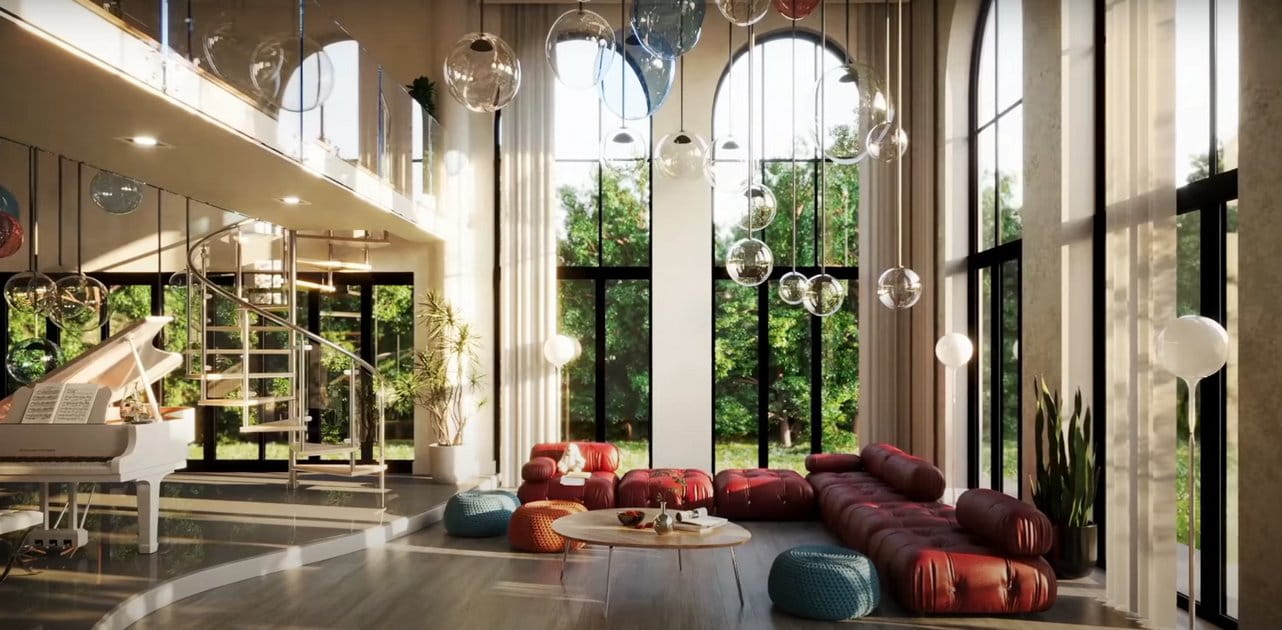
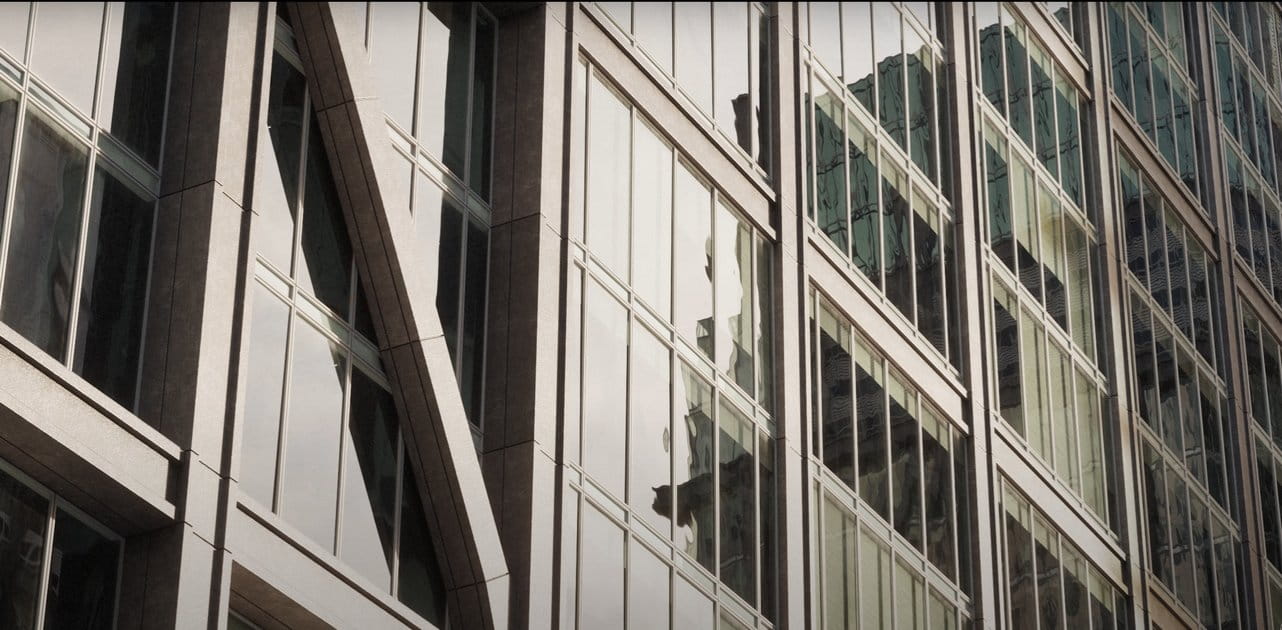
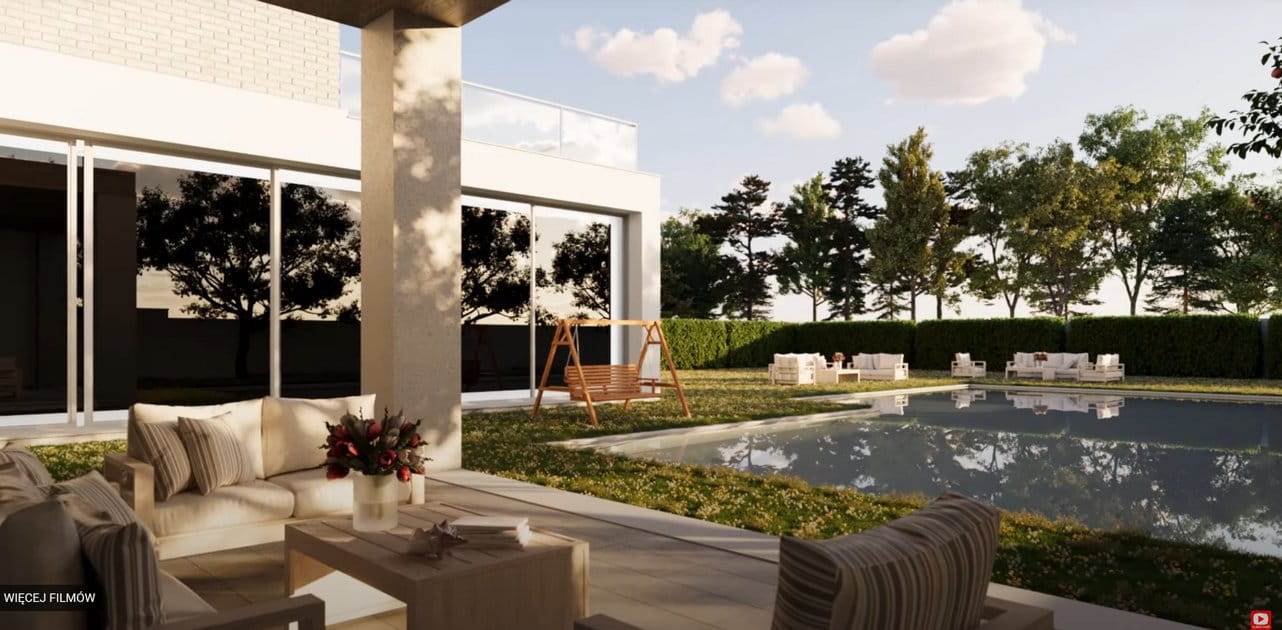

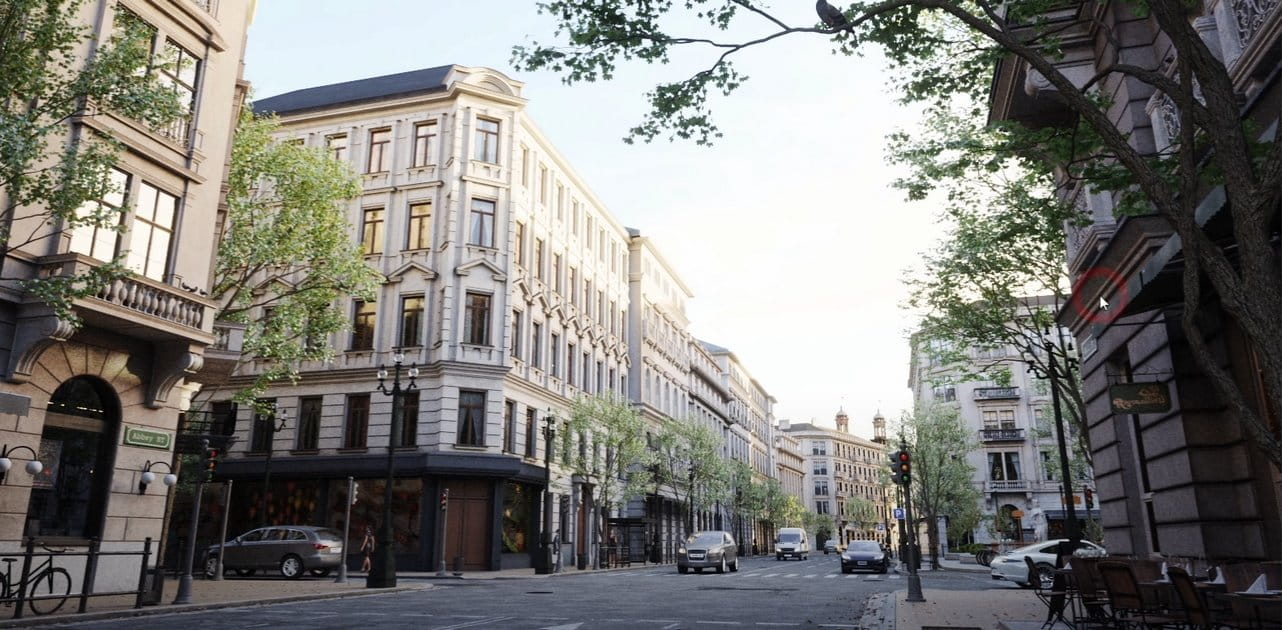






COMMENTS